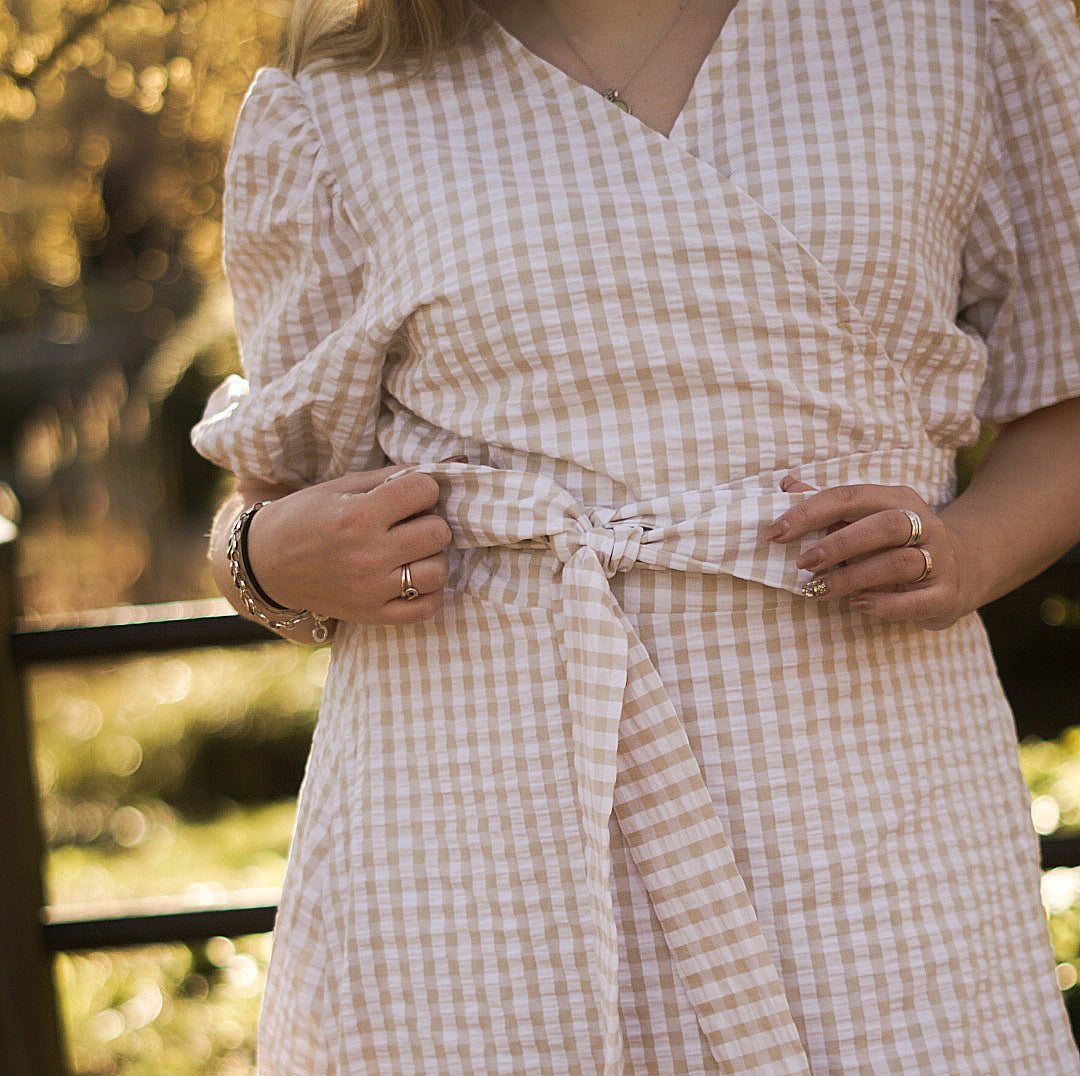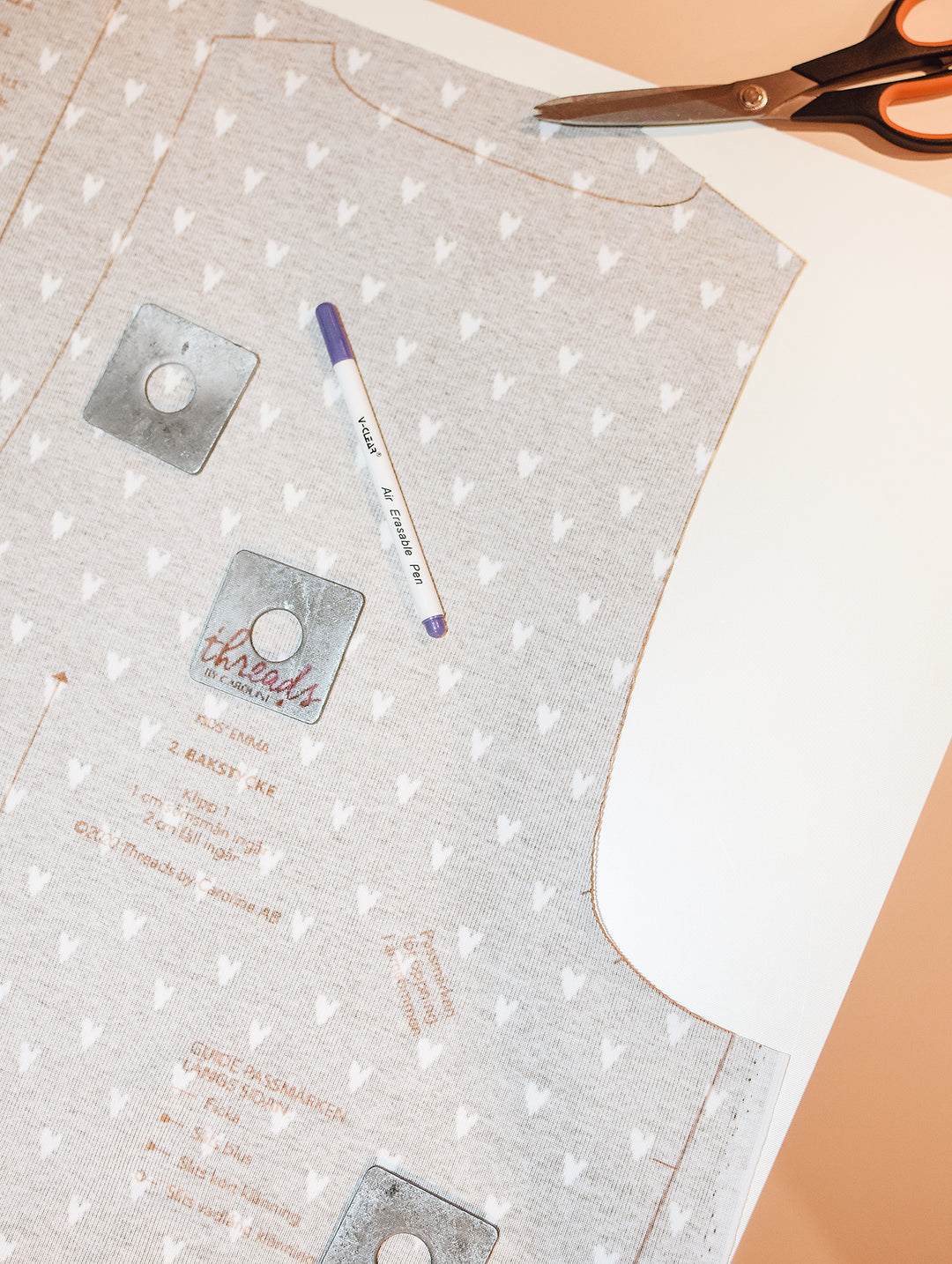Sewing in knit fabrics
Intro to knit fabrics
There are so many different knit fabrics! Jersey (viscose, cotton, tencel etc); college; french terry; interlock; ribbing; and so on... These fabrics are so much fun to sew! I'd say they are more forgiving than non-stretch fabrics since the sewn garments will shape with the body.

There's no fraying with knit fabrics, which means that you don't have to finish seams, which you would do with woven fabrics. Neither does knit get wrinkly, as much as woven fabrics usually do. They do shrink when washing for the first time, so you'll want to pre-wash the fabric before cutting into it.
Knit fabrics can have different amounts of stretch. For example, generally ribbing has a lot of stretch, while jersey and interlock has less. But it depends on if and how much lycra (elastane) is in the fabric.
It's a good idea to evaluate the stretch of the fabric before sewing. For some sewing patterns the amount of stretch needed in the fabric is specified. Download my free stretch guide.
Sewing machine or serger?
When you're sewing in knit fabric, a serger (overlocker) is great to use. But it's not necessary and you can achieve really nice results with a regular sewing machine too. These are my 6 best tips!
1. Use the correct needle
The most important thing is to switch out your universal needle on the sewing machine for a stretch needle. They have a rounded tip which won’t ruin the fabric. The same goes for your twin needle, if you’re using one. That one should also be stretch.
2. Use a stretch stitch

3. Don’t pull the fabric
Try not to pull the fabric as you’re sewing. That generally results in a wavy seam. Neither should you let the fabric hang down from the table. Lift it up so that it can be easily fed into the machine.
4. Press seams
5. Use a walking foot





